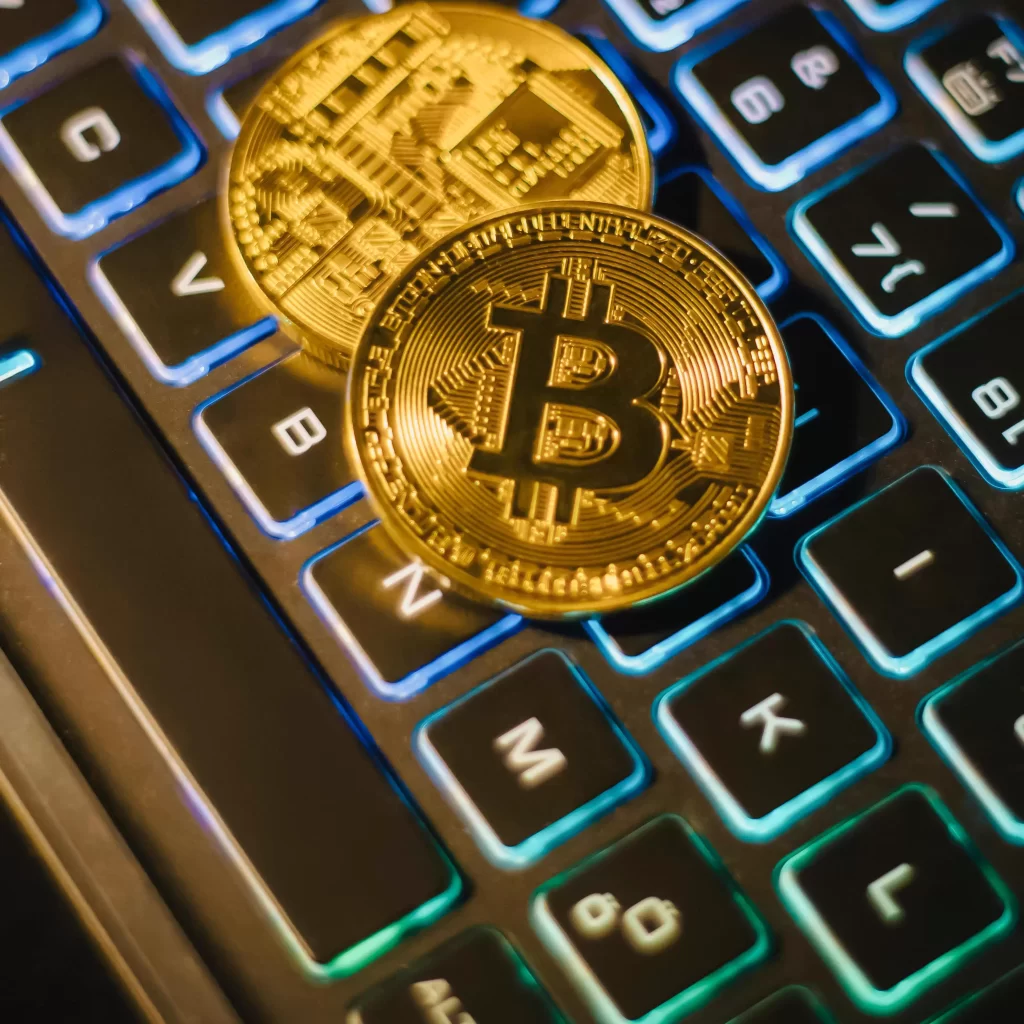Your cart is currently empty!

Bitcoin: The Digital Gold of the Modern Era
I

Introduction
Bitcoin, introduced in 2009 by the pseudonymous Satoshi Nakamoto, is a decentralized digital currency that operates without a central authority. Built on blockchain technology, it enables peer-to-peer transactions with transparency and security. Over the years, Bitcoin has evolved from an obscure digital asset to a globally recognized store of value.
How Bitcoin Works
Bitcoin transactions are verified by a network of computers (miners) using cryptographic techniques. These transactions are recorded on a public ledger called the blockchain, ensuring immutability and transparency. Unlike traditional currencies, Bitcoin has a fixed supply cap of 21 million coins, making it inherently deflationary.
Advantages of Bitcoin
- Decentralization – No single entity controls Bitcoin, reducing the risk of manipulation.
- Security – Blockchain encryption makes Bitcoin highly resistant to fraud.
- Global Accessibility – Anyone with an internet connection can use Bitcoin, bypassing traditional banking systems.
- Limited Supply – Scarcity drives long-term value, similar to precious metals like gold.
Challenges and Risks
Despite its benefits, Bitcoin faces several challenges:
- Volatility – Its price fluctuates dramatically, posing risks for investors.
- Regulatory Uncertainty – Governments worldwide are still formulating policies on cryptocurrency.
- Environmental Concerns – Bitcoin mining consumes significant energy, raising sustainability issues.
The Future of Bitcoin
Bitcoin continues to gain adoption as both an investment and a payment method. Institutions like Tesla and PayPal have integrated Bitcoin services, signaling mainstream acceptance. While challenges remain, Bitcoin’s potential to redefine finance is undeniable.
Conclusion
Bitcoin represents a paradigm shift in the financial world. Whether it becomes a universal currency or remains a speculative asset, its impact on technology and economics is irreversible.

Leave a Reply